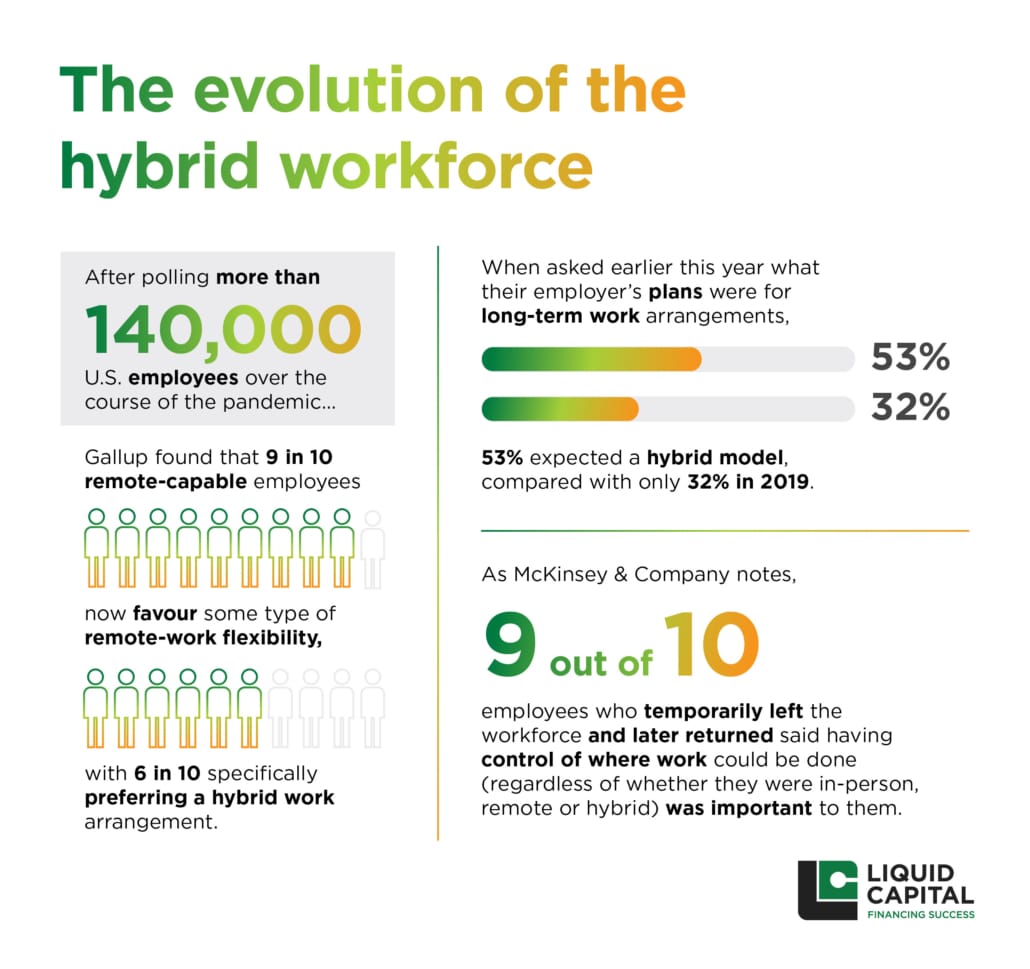Why entrepreneurs need an exit strategy – and how invoice factoring can help
A new year brings fresh ideas for your business – for some, this means scaling up. For others, it’s time to start thinking about moving on to other adventures with a well-crafted exit strategy.

For small business owners, an exit strategy is an essential part of an overall business plan. It not only sets out a clear path in advance for who you plan to pass or sell your business on to when the time comes, but also the business and financial goals you hope to have in place by the time you exit.
One study found some 72% of Canadian small business owners had intentions to exit their business in the next 10 years, with half planning to sell to a third party. At the same time, 50% said they had no exit plan at all, 41% were working with an informal plan and only 8% had a formal written plan in place.
When it comes to deploying an exit strategy, having time on your side is key. It allows you to achieve the value you’re looking for and transition out of your company on your own terms. As one CEO suggests, business owners should be planning at least five years before their anticipated exit.
If you’re looking to create or refine your exit strategy, clarity is key to success — not only in terms of your timeline, but also your company’s finances and your vision for the business.
Here are a few areas to focus on:
Outline the ‘who’ and the ‘when’
When it comes to planning your exit strategy, having a vision of who your potential buyers are and when you are planning to sell is a good place to start. This will involve considering whether you plan to sell to a third party, a friendly buyer (such as your business partner) or pass the business on to the next generation.
Gain control of your financial picture
When the time comes to sell, as the Federal Deposit Insurance Corporation notes, potential buyers will be looking for reliability in terms of revenues, cash flow and profitability. A clear and up to date income statement and balance sheet are key factors that will ultimately drive value with your potential buyer, so these should be updated regularly in the lead up to your exit.
As such, before entertaining the idea of a sale, it’s important to have clarity over the state of your company’s finances, including inflows and outflows. If you’re preparing for your exit, it’s a good time to prepare a cash flow audit, so you know exactly where things stand.

The audit will gather all of your company’s financial data to conduct a cash flow analysis, pinpointing areas of opportunity and weakness. This will give you (and potential buyers or successors) a clear sense of whether your company is meeting its goals.
Take action on working capital
If your cash flow audit identifies specific areas where your business is experiencing shortfalls, such as outstanding accounts receivables, it may be time to work towards better aligning your balance sheet – before your exit is imminent.
For businesses facing cash flow roadblocks as a result of unpaid accounts receivables or recession-related challenges, invoice factoring may provide the working capital you need to even up the balance sheet.
Consider growth opportunities
Even though you’ve got your eye on your next move, it’s important to keep your business growth plan top of mind when you’re considering your exit strategy. As PwC explains, potential buyers may be willing to pay more for future growth, whether new products or expansion into another geographic market.
At this phase, it may seem prudent to automatically dismiss opportunities for strategic business growth because money is tied up in accounts receivable.
Instead, consider how alternative funding solutions such as invoice factoring can help quickly secure a reliable source of working capital, allowing you to take your business to the next level and eventually help you achieve the greatest value when it’s time to sell.
Ultimately, taking the time to prepare an exit strategy from your business will not only ensure you get to maximize value and leave on your terms, but that your company will continue to perform and meet its goals – even after you’ve moved on.
Whether you are looking to grow or sell, cash flow is key. Learn more about the benefits of invoice factoring.











































